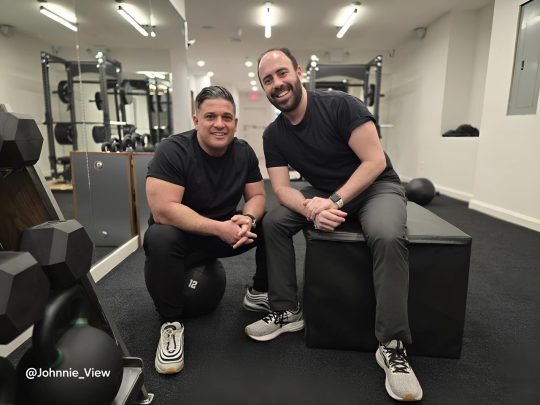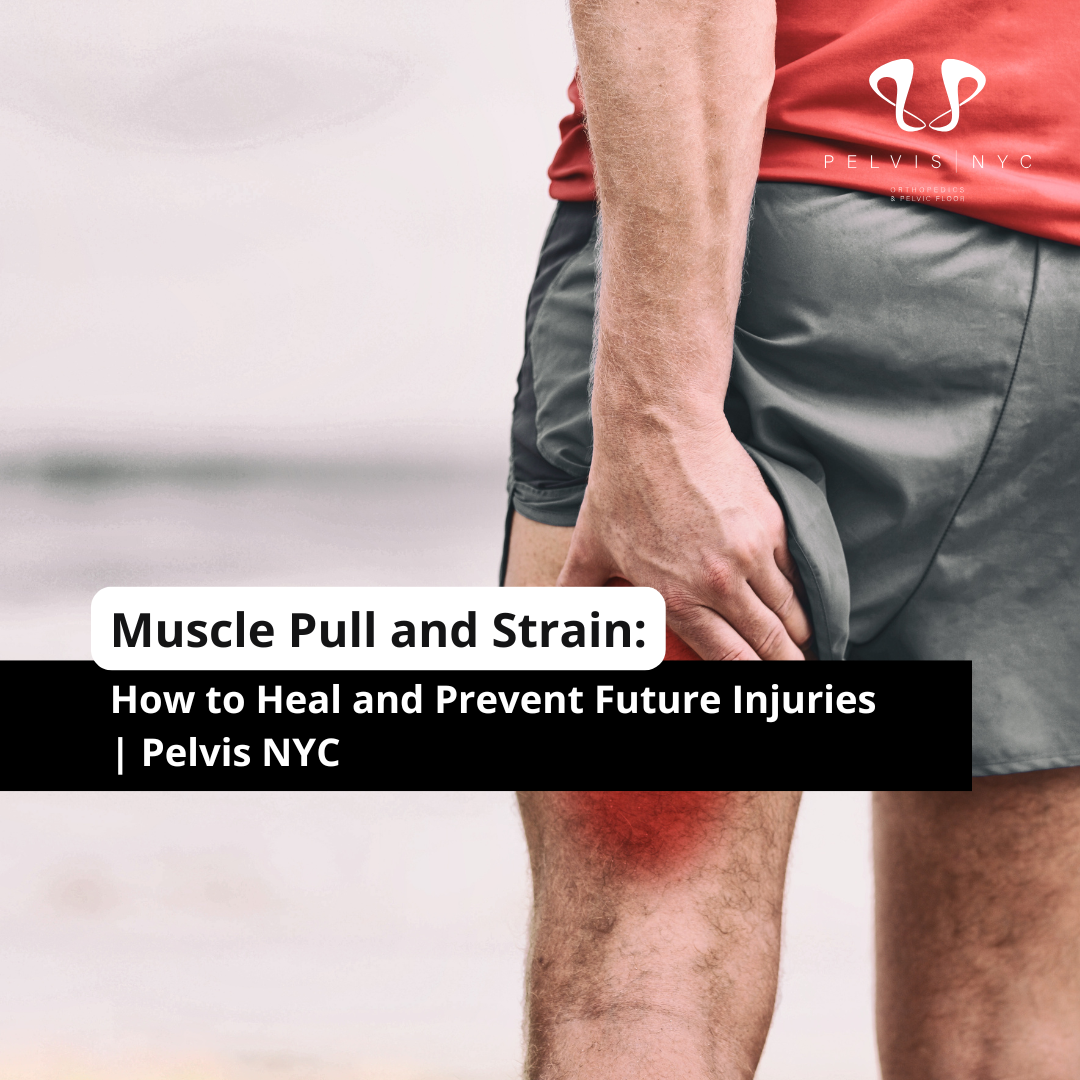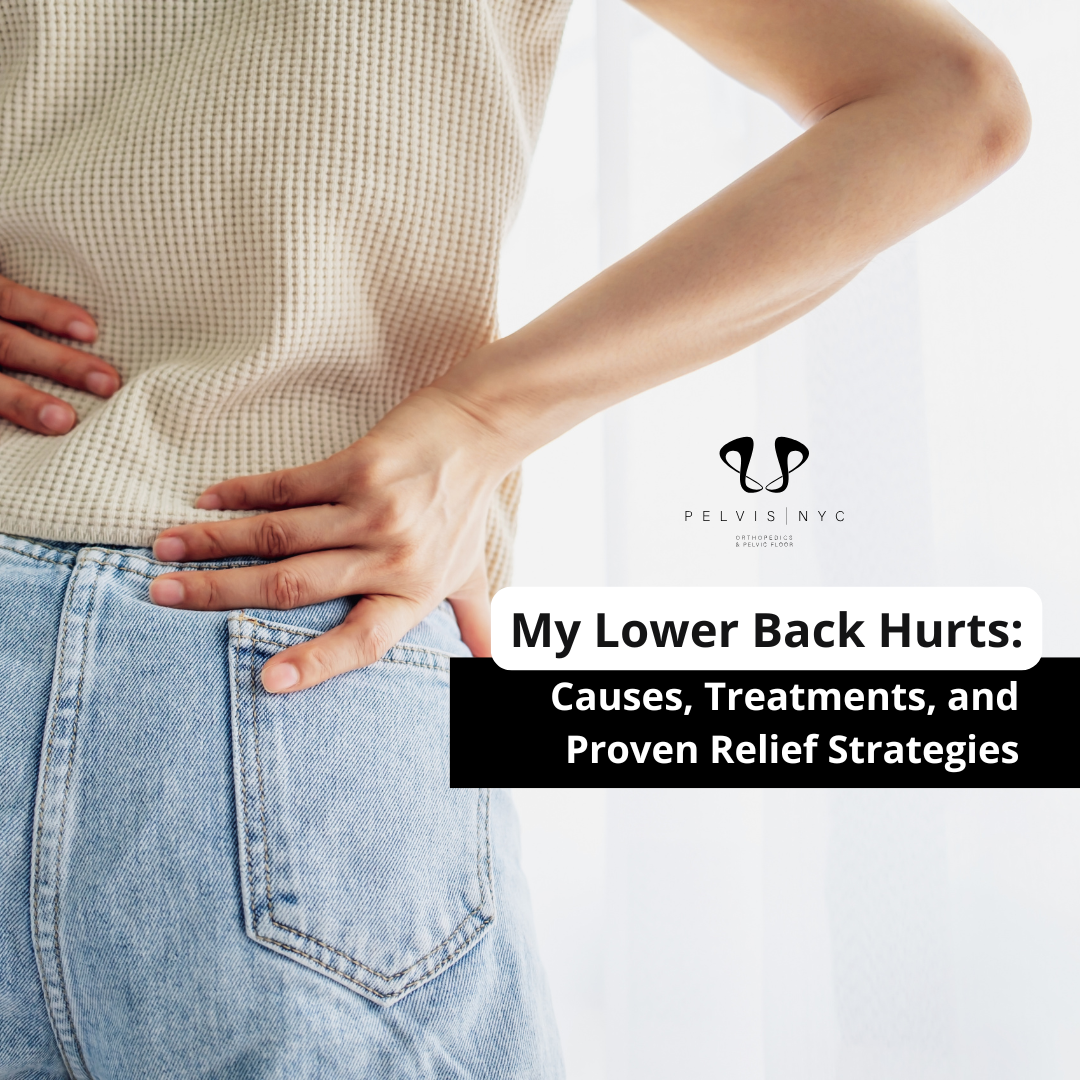Because confidence in the bedroom starts with confidence in your body.
Living in New York can be exhilarating—but also exhausting. The stress, late nights, and non-stop pace can take a toll on everything, including your sex life. Mental health plays a significant role in erectile function, and addressing mental health concerns is important for improving sexual performance. If you’ve been struggling with shorter erections, erection problems, or just want to maintain an erection for longer, you’re not alone.
This guide breaks down what really affects your ability to get a longer erection, how lifestyle changes can help, and why men across NYC are turning to pelvic floor physical therapy at Pelvis NYC for a lasting solution.
Understanding What a “Longer Erections” Really Means
When most men search for “how to get longer erections,” what they’re really looking for is control—the ability to get and keep an erection when they want it. It’s not about lasting for hours (that could actually be a medical issue called priapism), but about having the stamina, confidence, and comfort to enjoy intimacy without worry. For most men, an erection lasts anywhere from a few minutes to longer, and the duration can vary based on individual factors like health, lifestyle, and psychological state.
A healthy erection depends on:
- Good blood flow to the penis
- Strong pelvic floor muscles
- Balanced hormones
- A calm, confident mind
Emotional health and performance anxiety can also play a significant role in sexual performance. Addressing emotional well-being and managing performance anxiety are important for maintaining healthy erections and overall sexual satisfaction.
So if your erections feel weaker or fade too quickly, it’s often your body’s way of asking for better care—not punishment.
The Truth About Erectile Dysfunction (ED)
Erectile Dysfunction—or ED—isn’t just “an older man’s issue.” Stress, poor sleep, alcohol, smoking, and even sitting too much can cause it.
In New York, where long work hours and high stress are the norm, ED rates are higher than most men realize.
Common causes include:
- Reduced circulation from high blood pressure or cholesterol
- Nerve issues from diabetes or back injuries
- Hormonal imbalance (low testosterone)
- Mental fatigue, stress, and anxiety
- Pelvic-floor muscle tension or weakness
- Sleep disorders
The last one—pelvic-floor dysfunction—is something most men never consider, yet it directly affects how well you can maintain an erection.
Both physical factors (like blood flow and nerve health) and risk factors (such as high blood pressure and cholesterol) can contribute to ED symptoms.
Achieving and Maintaining an Erection
Getting and keeping an erection isn’t just about desire—it’s a finely tuned process involving your brain, nerves, and circulatory systems all working together. When everything’s in sync, blood flow fills the erectile tissue, leading to a firm, lasting erection. But if you’re dealing with high blood pressure, damaged blood vessels, or other health conditions, that process can get interrupted, making erectile dysfunction (ED) more likely.
The good news? You have more control than you think. A healthy diet packed with whole foods, regular exercise, and managing your blood pressure can all help improve blood flow and support erectile function. Maintaining a healthy weight, cutting back on alcohol consumption, and quitting smoking are also powerful ways to protect your blood vessels and boost your sexual health. Even small changes—like taking the stairs or swapping out processed snacks—can make a real difference in your ability to achieve and maintain an erection.
If you’re noticing changes in your erections, don’t ignore them. Addressing these factors early can help you improve erectile function and enjoy a more satisfying sex life.
How a Healthy Diet Can Help You Maintain and Prolong Erections
What you eat in the city that never sleeps matters more than you think.
- Add: fruits, veggies, nuts, fish, and whole grains (they support blood flow).
- Avoid: processed foods, too much salt, and sugary drinks—they damage circulation.
- Bonus: dark chocolate and watermelon (in moderation) are natural vasodilators, helping improve blood flow to the penis.
Managing blood sugar through a healthy diet is crucial for supporting erectile health and maintaining overall sexual function.
If you’re serious about a prolonged erection, start with your plate.
Healthy Weight = Better Blood Flow
In NYC, grabbing quick meals and skipping workouts can add pounds fast. But extra weight increases estrogen, reduces testosterone, and damages blood vessels—all enemies of strong erections. Losing weight not only helps balance hormones but also reduces the risk of cardiovascular disease, which is closely linked to erectile problems.
Losing even 10–15 pounds can dramatically improve your ability to maintain an erection.
Lifestyle Changes That Boost Performance
Simple, sustainable habits can help you achieve longer, firmer erections:
- Regular exercise – increases blood flow and testosterone, supporting better sexual performance
- Quit smoking – improves vascular health within weeks
- Limit alcohol consumption – too much alcohol weakens erections and can negatively affect sexual performance
- Manage stress – meditation, therapy, and deep breathing help regulate cortisol; reducing elevated cortisol levels can improve sexual performance and erectile health
- Prioritize sleep – your testosterone levels rise when you rest, which benefits sexual performance
These changes don’t just help your sex life—they improve your overall health.
Healthy Habits for Sexual Health
Your daily habits have a huge impact on your sexual health and your ability to avoid erectile dysfunction. Start with your plate: a healthy diet rich in fruits, vegetables, whole grains, and lean proteins helps keep your blood vessels clear and your blood flow strong. Regular exercise—especially aerobic exercise like brisk walking, cycling, or swimming—gets your heart pumping and supports healthy circulation throughout your body.
Managing chronic stress is just as important. Techniques like meditation, deep breathing, or yoga can help lower stress hormones that might otherwise affect your erections. Prioritizing good sleep, maintaining a healthy weight, and keeping alcohol consumption in check all contribute to better sexual health. It’s also wise to steer clear of illegal drugs and limit nicotine use, as both can damage blood vessels and increase your risk of ED.
By making these healthy habits part of your routine, you’re not just improving your sex life—you’re investing in your overall well-being.
How Alcohol Consumption Affects Erections
A drink or two may help you relax, but heavy drinking numbs the nerves and blood vessels that make an erection possible.
Chronic alcohol use is one of the top causes of erection problems among younger New York men.
If your goal is a longer erection, try swapping a few cocktails for sparkling water—you’ll notice the difference in more ways than one.
Quit Smoking for Stronger, Longer Erections
Smoking restricts blood flow and damages arteries—including those that feed your penis. Smoking cigarettes also reduces nitric oxide production, a chemical essential for opening blood vessels and supporting erections.
The good news? Within three months of quitting, circulation improves, sensitivity increases, and erections often last longer.
If you needed another reason to ditch the cigarettes, this is it.
Underlying Health Conditions to Watch
Certain conditions can make achieving or maintaining an erection more difficult:
- Diabetes
- High blood pressure
- High cholesterol
- Heart disease
- Hormonal imbalance
- Sickle cell disease
These conditions can contribute to sexual dysfunction, so it’s important to manage them with the help of a healthcare provider.
If you have any of these, working with your doctor—and a pelvic health therapist—can improve not only your health but your sexual stamina too.
Regular Exercise and Pelvic Strength
Hitting the gym or taking a run through Central Park isn’t just about abs—it’s about blood flow and muscle control.
Cardio keeps your heart healthy; strength training boosts testosterone; and pelvic-floor exercises improve the actual muscle control that keeps your erection firm and lasting.
Regular exercise and pelvic-floor training can help treat erectile dysfunction and improve comfort during sexual intercourse.
How Pelvic Floor Physical Therapy Helps You Get a Longer Erections
Here’s something most men in New York don’t realize: pelvic-floor dysfunction is often the hidden reason behind weaker erections, early ejaculation, or loss of control. Pelvic floor dysfunction can also contribute to premature ejaculation and affect erections in various ways.
Pelvic floor physical therapy focuses on the muscles that support your penis, bladder, and pelvic organs. When those muscles are too tight, weak, or uncoordinated, erections suffer.
At Pelvis NYC, licensed pelvic health specialists help men:
- Strengthen and retrain pelvic-floor muscles
- Improve circulation to the pelvic area
- Release tension that restricts blood flow
- Correct posture and breathing that impact pelvic alignment
These evidence-based techniques can help you achieve longer, firmer erections naturally, without pills or side effects.
How to Get Longer Erections that Last
If you’re looking for ways to get an erection that lasts, you’re not alone—and there are proven strategies that can help. The key is increasing blood flow to the penis, which supports both the strength and duration of your erection. Regular exercise, a balanced healthy diet, and effective stress management are foundational steps for improving erectile function.
It’s also important to avoid habits that can undermine your efforts, like excessive alcohol consumption and smoking. Managing chronic stress through relaxation techniques or counseling can further support your sexual health. For some men, prescription medication—such as oral medications or ED pills—can be a helpful tool in treating ED and achieving an erection that lasts. Always consult a healthcare provider before starting any new medication to ensure it’s safe and right for you.
Don’t overlook the power of Kegel exercises, either. By strengthening your pelvic muscles, you can improve erectile function and gain better control during sexual activity. With the right combination of lifestyle changes and, if needed, medical support, you can enjoy stronger, longer-lasting erections and a more satisfying sex life.
What to Expect at Pelvis NYC
If you visit Pelvis NYC for pelvic-floor therapy, your treatment plan may include:
- A full evaluation of your pelvic-floor strength and tension
- Guided muscle-activation and relaxation exercises
- Biofeedback therapy for better muscle control
- Manual therapy to release tight tissues
- Education on posture, breathing, and stress management
This kind of therapy isn’t invasive or awkward—it’s professional, targeted, and proven effective.
Overcoming Erection Problems Is Possible
You don’t need to accept weak erections as your “new normal.” Whether you’re 25 or 65, your body can improve with the right care.
By combining lifestyle improvements with pelvic-floor therapy, many men see a significant increase in erection strength, duration, and confidence within just a few weeks.
Your Next Step: Book a Consultation at Pelvis NYC
If you’re ready to take back control of your sexual health, Pelvis NYC is here to help.
Their expert physical therapists specialize in men’s pelvic health and erectile dysfunction treatment in New York City, offering compassionate, science-based care in a comfortable environment.

👉 Schedule your confidential consultation today at Pelvis NYC and discover how targeted pelvic-floor therapy can help you achieve a longer erection—naturally, safely, and confidently.







